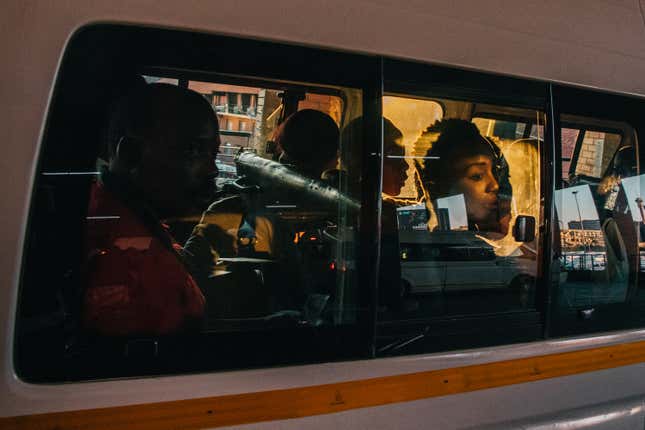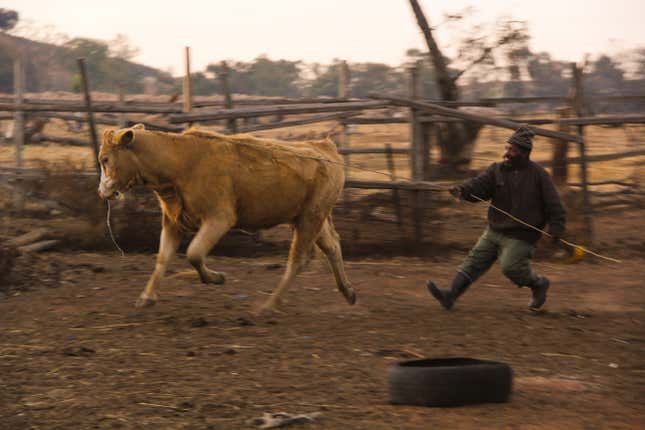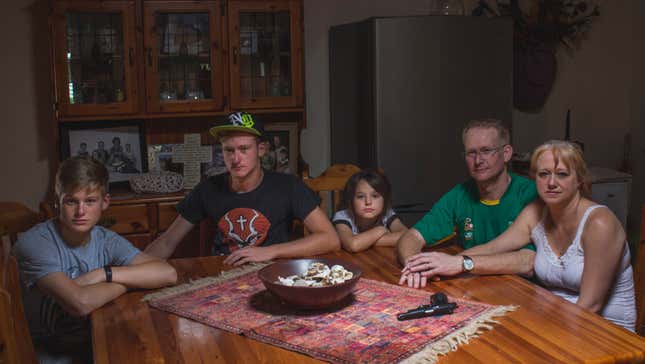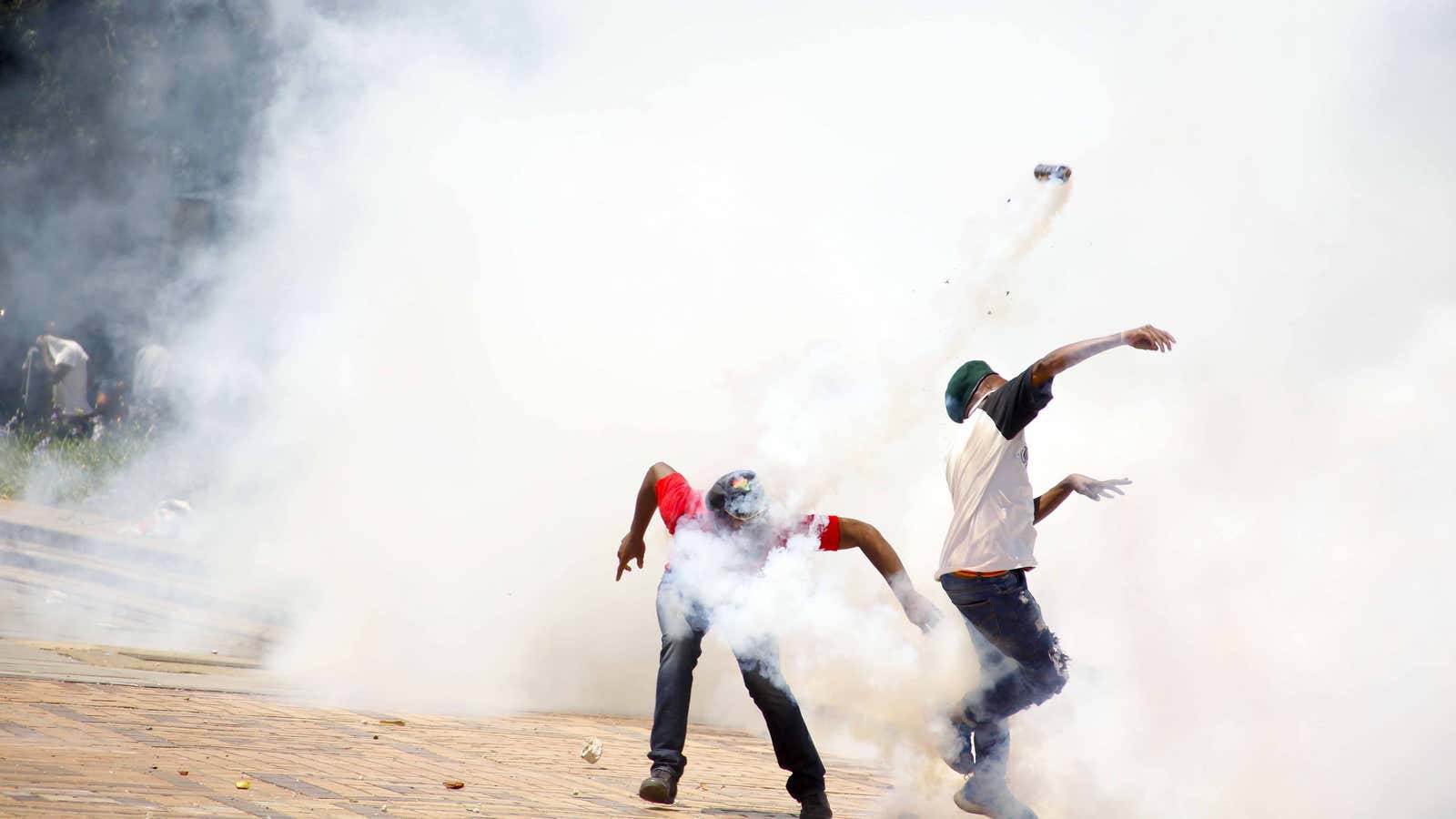May 10 marked the anniversary of Nelson Mandela’s iconic inaugural speech announcing the end of apartheid and the emergence of “a rainbow nation at peace with itself and the world.”
Over two decades later, apartheid’s corrosive effects—from racism to economic equality—linger on and dominate narratives coming from the country. However, South Africa’s historic photography school, Market Photo Workshop, and its alumni has led the charge in showing a life and living that endures in post-apartheid South Africa.
For over thirty years, Market Photo Workshop a nonprofit education center in Johannesburg has followed in the footsteps of its founder, David Goldblatt, the late world-famous photographer, by capturing the lives of everyday South Africans.

Goldblatt, who passed away in June 2018, is known for his distinctive photography as, in the turbulent apartheid era, he chose to focus his lens on the seemingly ordinary and domestic. By illustrating his subjects’ humanity, he uncovered the inhumanity of the system they lived under.
True to Goldblatt’s vision and legacy, Market Photo Workshop has been instrumental in re-shaping the narratives coming from South Africa and countering racist and degrading perspectives of the region that show stereotypical images of backwardness and barbarity.
For MPW and Goldblatt, a key approach to challenging those depictions lies in diversifying the storytellers behind the lens. Since its founding in 1989, Market Photo Workshop has been devoted to bringing visual storytelling literacy to neglected and marginalized parts of South Africa.

It has produced internationally acclaimed photographers and visual storytellers whose work is driven by Goldblatt’s ethos. Some of these alumni are having their work featured at the Bronx Documentary Center in an exhibit titled “Transitions: South Africa, Market Photo Workshop” to commemorate the school’s anniversary.
Even as inequality and racism endure in contemporary South Africa, the photographers delicately humanize their subjects, while illustrating or alluding to the social issues of the day. Some of the more obvious issue-based images include Rosetta Msimango’s picture of students hurling back tear gas canisters during the Fees Must Fall protests and Jacques Nelles photo of an elderly gun-wielding Afrikaner from Nelles’s “White Fear” series.
But the photos on display are mostly intimate images of daily life in South Africa. They demonstrate photography’s current role in the country and explore how MPW alumni view their communities and society at large. For instance, 29-year-old documentary photographer Cebisile Mbonani’s portrait of a tailor in Yoeville Market in her native Soweto, a famous economic hub for migrants from across the continent. It was a project from her course at MPW.
“It almost feels like the school is collaborating with the students to capture South Africa in a political, cultural and social context,’ Mbonani said. “Projects like Yeoville can be easily given to five professional photographers to capture a public space like Yeoville Market but the school allowed the students to go into the space and find their voice.”

Inspired by world-famous photographers like Yagazie Emezie and Joana Choumali, Mbonani intends to use her training from MPW to focus more on a subject she believes is missing from visual storytelling in South Africa today: Women. “They are here but invisible, hard to find,” she said.
Market Photo Workshop has since expanded to include a gallery and project space; it offers four photography courses across different proficiency levels. Some of its most notable alumni include photographers Musa Nxumalo, Sabelo Mlangeni and Jodi Bieber, and award-winning visual artists Zanele Muholi and Lebohang Kganye.
As the center embarks on a new decade, it hopes to “become one of biggest photography resources center in Africa,” according to Nathi Khumalo, a program manager at MPW, and “to one day decentralize the [visual storytelling] space to different provinces and countries.”
Sign up to the Quartz Africa Weekly Brief here for news and analysis on African business, tech and innovation in your inbox
